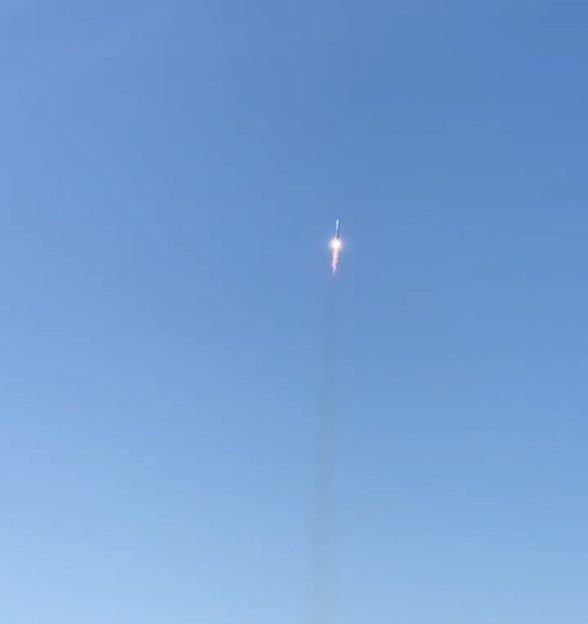Lifting-off at 1120 GMT on 28 September from the Plesetsk Cosmodrome, Northern Russia, a Soyuz 2-1B mission has carried 22 satellites into LEO. The Soyuz 2-1B rocket utilised a Fregat upper-stage for the mission. The primary payload on-board was a trio of Gonets-M (-17,-18, and -19) civil, uhf-band communications satellites. These were joined by 19 other payloads, most of which formed the Wanderlust mission which was coagulated by German launch arranger Exolaunch.

A still from a video of the GONETS-17, -18, -19 rideshare launch showing the Soyuz vehicle climbing from the launch pad. Courtesy of Exolaunch via Twitter.
Making up the Wanderlust mission were 15 satellites from international customers from Finland (ICEYE X6 and X7), Canada (Kepler 4 and 5), the USA (Lemur 2-120 to -123), the UAE (MeznSat), Germany (NETSAT 1,2,3,4 and SALSAT) and the United Kingdom (Lacuna Prototype 3). These were joined by four domestic Russian CubeSats from three universities.
Exolaunch worked with Russian company Glavkosmos to manifest this mission. Glavkosmos acts as the contact for foreign companies applying to launch on a Russian vehicle.







